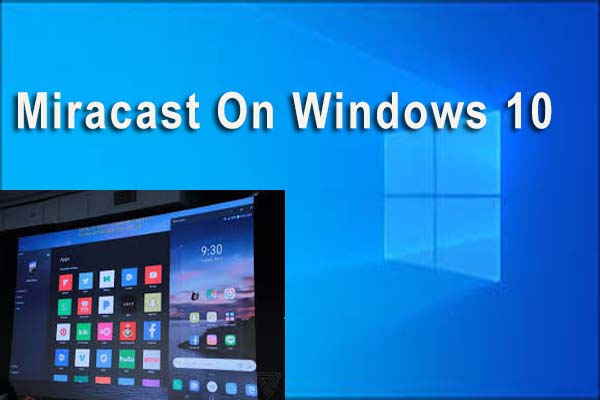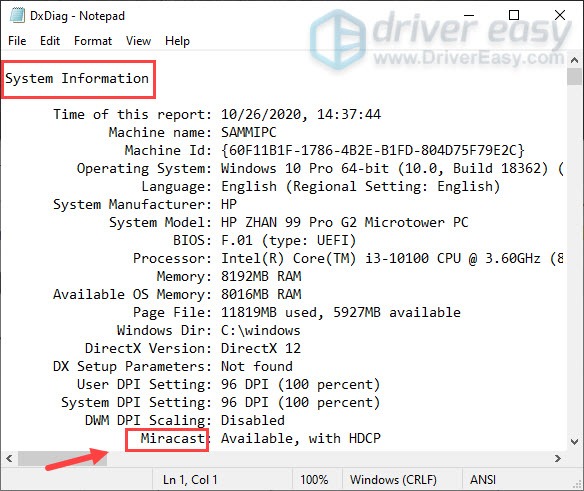


On the laptop, press the Windows button and type in ‘Settings’. Use the TV remote and select the source to Screen mirroring. With the help of Wi-Fi Direct, both devices can connect directly to each other. You can look this up online by checking the features of the processor your laptop uses. Most recent laptops should support this feature. Your laptop also needs to supports wireless screen mirroring. This means that you need to have a smart TV that supports screen mirroring using Wi-Fi Direct. Here, the laptop connects to the TV using a feature called Wi-Fi Direct, or Miracast. As a result, it is not as versatile as Chromecast or Apple AirPlay.Wirelessly connecting your laptop to your TV However, as Miracast can only duplicate/mirror the screen of one device onto another, it essentially acts as a wireless HDMI cable. It enables devices like smartphones, tablets, and laptops to mirror their screen on receiving devices like monitors, TVs, and projectors. Miracast is a screen mirroring standard launched by Wi-Fi Alliance, the same industry group that promotes Wi-Fi technology and certifies Wi-Fi products for interoperability. But have you wondered about what exactly is Miracast and what it can do? This article will explain all that you need to know about the technology. While some, like Intel WiDi, didn't get much love from the consumers, others like Miracast have managed to stick around, thanks to their relatively wider adaption. Several wireless display standards have popped up over the years. How to mirror your screen using Miracast.How is Miracast different from Chromecast or AirPlay?.Miracast is a screen mirroring standard.


 0 kommentar(er)
0 kommentar(er)
